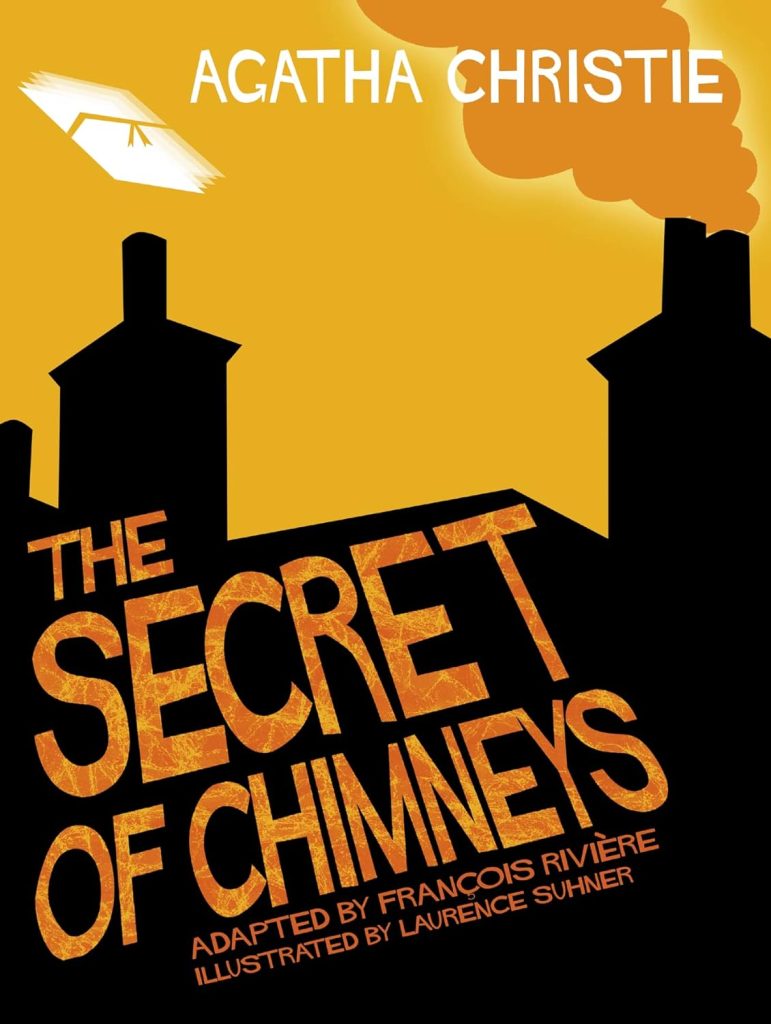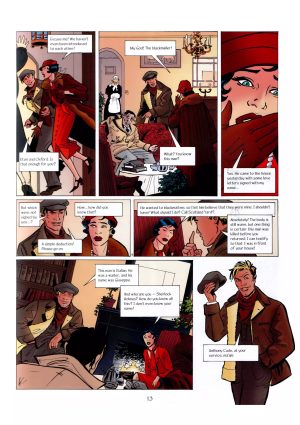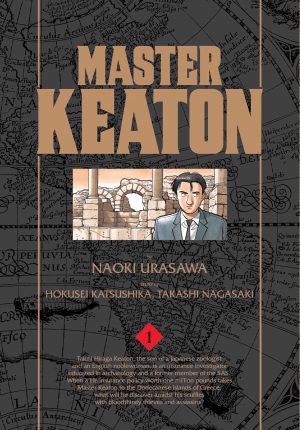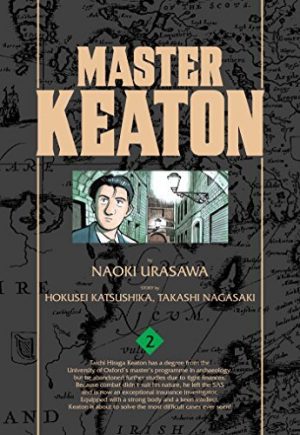Review by Ian Keogh
Among the characters Agatha Christie introduced to crime fiction, Superintendent Battle is completely overshadowed by Miss Marple and Hercule Poirot, yet she was fond enough of him to star him in five novels, of which The Secret of Chimneys was the first.
It begins with concern that the possible publication of a dead scoundrel’s memoirs may cause embarrassment preventing the succession of Prince Michael to the Herzoslovakian throne. It’s hoped an invitation to a British lord’s country house, Chimneys, may persuade the person transporting the manuscript to delay delivery. Known as Jimmy McGrath, that’s actually an alias, and his second task is to deliver some personal letters to Virginia Revel.
In order to contract the novel François Rivière undertakes considerable tinkering at the start, rearranging introductions and disclosures, leading to some clumsy dialogue on the part of people explaining themselves. However, it’s essential preparation for the weekend at Chimneys and the mysteries that evolve. Battle himself doesn’t appear until a third of the way through, Scotland Yard’s finest summoned to prevent social shame for members of the establishment, and in this version a man who relies greatly on others for detection.
This adaptation moves extremely fast and introduces new fanciful characters at a clip. You’ll only just have come to terms with the widow of possible ill-repute and the dead man with two aliases before there’s mention of a French jewel thief in town, while Anthony Cade is remarkably confident considering the circumstances in which he finds himself. As drawn by Laurence Suhner he’s a very modern floppy haired young man despite his Tintin-style plus fours. Suhner’s art tells the story effectively and supplies the necessary period detail and backgrounds, but with little emotional investment.
Suspicious characters abound, and it’s hoped Christie’s intention is to satirise the ingrained fear of the foreign harboured by the British establishment rather than feed into the stereotyping. The plot is further complicated by a stolen diamond, and although deaths occur, the mysteries here more concern what’s likely to be hidden in Chimneys. As in all Christie novels, the revelations will probably elude even the dedicated crime reader, but the suspicion is that there’s greater finesse, and a larger role for Battle in Christie’s original novel, although her clever construction of the plot survives.





